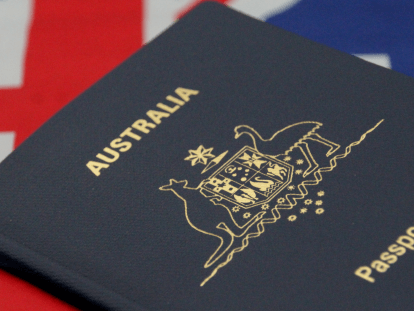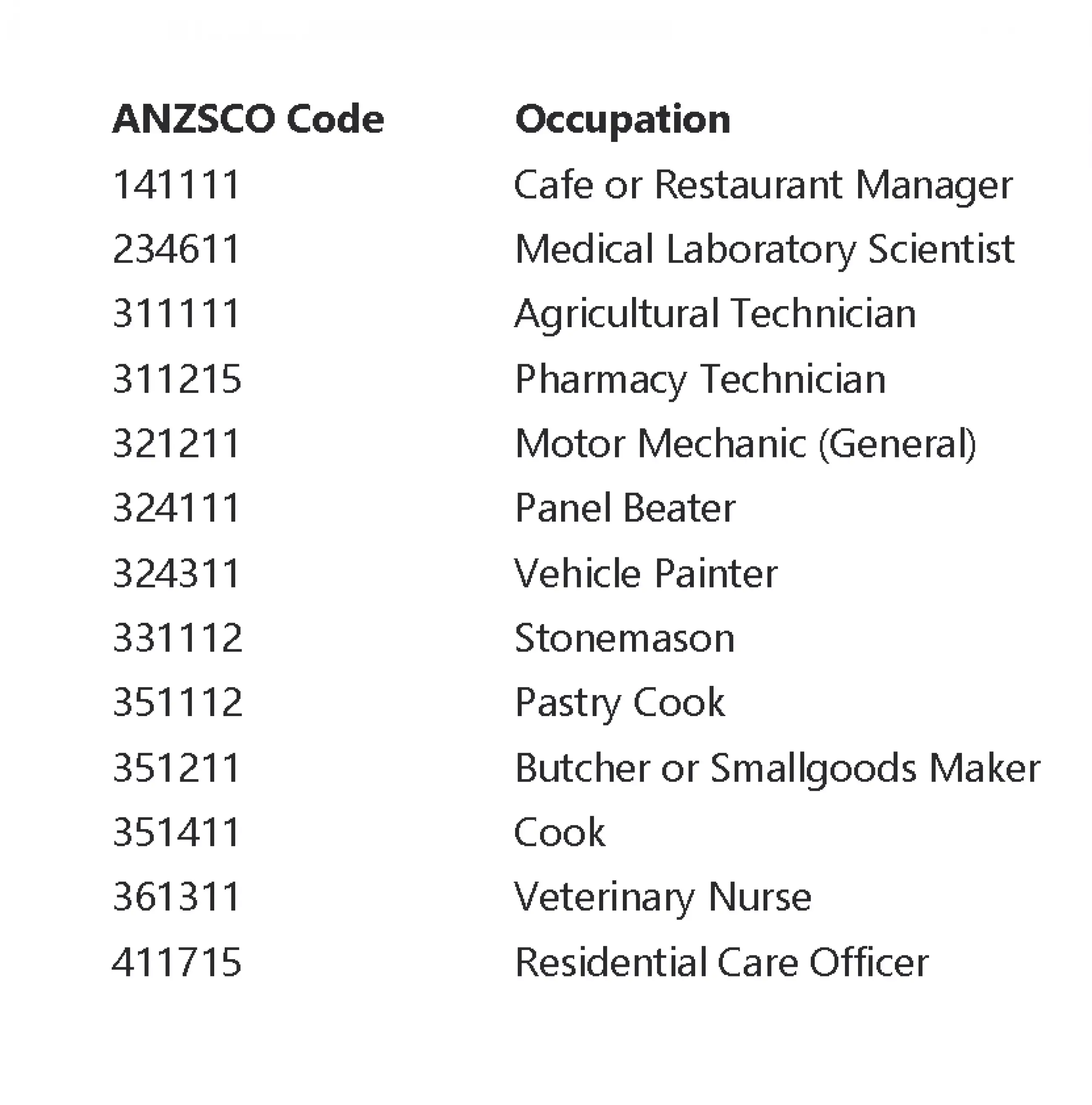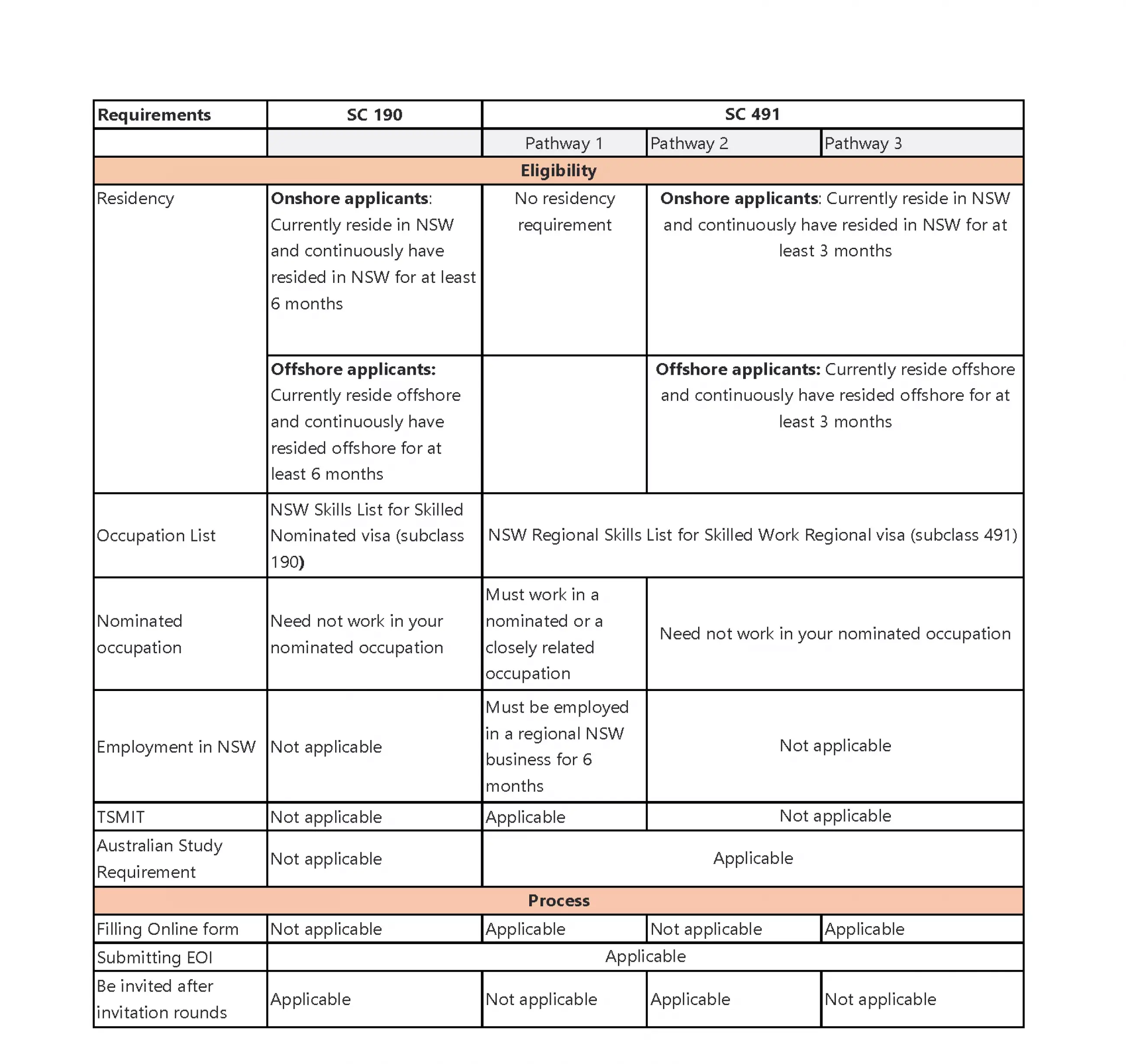Migration New South Wales - State Nomination Program

If you are looking to migrate to New South Wales, there are 2 main pathways that you can utilise to get PR. One pathway is the employer-sponsored pathway, and the other is the general skilled migration pathway. The general skilled migration pathway is a popular pathway to migrate. If you are looking to migrate to New South Wales through the general skilled migration pathway, then this blog is for you.
This blog will discuss:
- The New South Wales state nomination program
- The points system
- The key industry sectors
- Eligibility criteria for migrating to NSW
- The Two eligible visas to apply and their pathways
- The differences and the similarities between the visa subclasses and pathways
- FAQs
Understanding the New South Wales State nomination program
If you want to migrate to New South Wales (NSW) through the state nomination program, you need to be invited by the NSW government. To get invited to the state, you should have initially made an Expression of Interest (EOI), which has to be accepted by the NSW government. For SC 190 and Pathway 2 of the SC 491, you will be considered in invitation rounds, but for Pathways 1 and 3 of the SC 491 visa, you can apply directly.
New South Wales (NSW) invites applicants who are eligible on the basis of set standards and criteria apart from the general eligibility criteria set out by the Department of Home Affairs.
The points system
The points system is designed to assess the eligibility of the applicants who are applying for the state nomination program. The respective states and territories use this system to ensure that the skilled migrants that they invite would contribute effectively to the particular state’s economy. Among many factors, points generally will be awarded for the applicant’s age, English language proficiency, skilled employment experience, and educational qualifications. The Department of Home Affairs has a table of criteria for which points are awarded. You can access it here.
The minimum points required to be eligible for an Expression of Interest (EOI) is 65. Since the migration program is competitive, it's recommended to upskill and improve your points to increase the chances of receiving an invitation. One of the benefits of applying through the state nomination program rather than the skilled independent visa is that additional points are awarded by the Western Australian state government depending on the visa subclass that you have applied to.
-
Skilled Nominated visa (SC 190) will receive an extra 5 points.
-
Skilled Work Regional (SC 491) will receive an extra 15 points.
These points can be crucial and can increase the chances of you being invited to migrate.
What are the key industry sectors that you can consider when migrating to New South Wales?
NSW government has selected priority sectors to address the skill shortages as well as the industries undergoing structural changes. The priority sectors are:
-
Construction (infrastructure and housing)
-
Renewables (net zero and clean energy)
-
Care Economy (aged care and disability services, early childhood education and care sectors)
-
Digital and Cyber (across all sectors)
-
Education (teachers)
-
Agriculture and Agrifood
-
Advanced Manufacturing
What is the eligibility criteria for migrating to New South Wales?
The New South Wales migration program has different eligibility criteria for the specific visa category. They are;
-
Skilled Nominated visa (SC 190) eligibility requirements
-
Skilled Work Regional visa (SC 491) eligibility requirements
What are the NSW, Skilled Nominated visa (SC 190) eligibility requirements?
-
Meet the eligibility requirements set out by the Department of Home Affairs for the SC 190 visa
-
Have a nominated occupation in the NSW Skills List for the Skilled Nominated visa (SC 190)
-
Have a positive skill assessment
-
Currently reside in NSW and have resided in NSW for a period of at least 6 months
-
What are the steps in applying for SC 190 visa?
-
Check your eligibility: Ensure you meet both the visa requirements set out by the Department of Home Affairs and NSW nomination eligibility requirements before applying.
-
Submit Your EOI: If you meet the criteria, submit an EOI in SkillSelect. Note: Your qualifying employment must be listed in your EOI.
-
Be Invited: NSW holds invitation rounds throughout the financial year so you may be invited in any of the rounds.
-
Respond Promptly if Invited: You will have 14 days to complete your application for NSW nomination after being invited.
-
Wait For Your Nomination Assessment: Applications usually will be assessed in 6 weeks
What are the NSW Skilled Work Regional visa (SC 491) eligibility requirements?
If you want to migrate to NSW through the SC 491 you will have to first fulfill all the eligibility criteria for the SC 491 visa in the Department of Home Affairs website. After satisfying the eligibility criteria of the Department of Home Affairs, you have 3 pathways that you can choose from to apply for the SC 490 in NSW. They are;
-
Pathway 1: This pathway is suitable if you’re currently employed with a regional NSW employer.
-
Pathway 2: You can apply through this pathway and be invited to apply by Investment NSW.
-
Pathway 3:You can apply through this pathway if you recently graduated from a Regional NSW institution
What are the eligibility criteria for Pathway 1 of the SC 491 visa?
-
Have a nominated occupation in the NSW Skills List for the Skilled Work Regional visa (SC 491)
-
Have a nominated occupation that is eligible for the SC 491 visa.
-
Be currently employed with a regional NSW employer
-
Currently work in a designated regional area of NSW and continuously have done so for the last 6 months
-
You must have worked with the same regional employer for the last 6 months
-
You need not have to live in NSW only have to have work in NSW.
-
Your employment must be in your nominated occupation or a closely related occupation
-
You must be paid the TSMIT salary rate at the time of applying of applying
-
You cannot be self employed or be under the employment of a spouse or family member
What is the TSMIT and the types of incomes that are considered for meeting the TSMIT threshold?
The TSMIT is the Temporary Skilled Migration Income Threshold (TSMIT). The following types can be considered for meeting the threshold:
-
Base Salary (Guaranteed Earnings): This includes the standard salary paid for your regular hours of work, excluding non-guaranteed bonuses, allowances, or overtime payments.
-
Guaranteed Allowances: Some allowances may be included if they are guaranteed, part of your regular income, and related to your employment. Examples include:
-
Guaranteed housing or living allowances (regularly paid as part of your employment package).
-
Car allowances (paid as a cash benefit).
-
Travel allowances (if paid as a cash benefit and guaranteed, not reimbursed expenses).
-
-
Non-monetary Benefits: Non-monetary benefits such as health insurance or accommodation can be included if they are guaranteed, have a clear cash value, and are specified in your employment contract. However, these benefits are generally capped and may not fully cover the TSMIT requirement on their own.
You cannot include:
-
Non-guaranteed payments like bonuses, commissions, or incentives tied to performance.
-
Overtime payments and penalty rates (unless they are guaranteed and part of the regular employment contract).
-
Reimbursed expenses such as travel costs, uniforms, or relocation expenses.
-
Superannuation contributions (mandatory employer contributions to retirement savings).
Are there any TSMIT concessions for the SC 491 Pathway 1?
Your employer is the one who can apply for the concession. If you can meet one of the 2 concession requirements below you will be eligible for the TSMIT concession
Type 1 concession: : Businesses must demonstrate that the applicant’s annual monetary earnings are at least 90% of the TSMIT. Additionally, total earnings must meet applicable industrial award requirements and align with Annual Market Salary Rate (AMSR) expectations for the specific occupation and location.
Type 2 Concession: Businesses must demonstrate that the applicant’s monetary earnings are at least 90% of the TSMIT. Non-monetary earnings, such as food and board, can make up the difference but must not exceed 10% of the TSMIT, with the total remuneration package being at least equal to the TSMIT.
Eligible occupations for these concessions include:
What are the steps in applying for Pathway 1?
-
Check your eligibility: Ensure you meet both the visa requirements set out by the Department of Home Affairs and NSW nomination eligibility requirements before applying.
-
Submit Your EOI: If you meet the criteria, submit an EOI in SkillSelect. Note: Your qualifying employment must be listed in your EOI.
-
Apply For Nomination: Apply for NSW nomination using their online form.
-
Wait For Your Nomination Assessment: Applications usually will be assessed in 6 weeks
What are the eligibility criteria for Pathway 2 of the SC 491 visa?
-
Have a nominated occupation in the NSW Skills List for the Skilled Work Regional visa (SC 491)
-
Have a nominated occupation that is eligible for the SC 491 visa
-
Currently reside in NSW and have resided in NSW for a period of at least 6 months
-
If you are an offshore applicant you must be currently residing offshore and have resided offshore for at least 6 months.
-
Currently reside in NSW and have resided in NSW for a period of at least 3 months
-
If you are an offshore applicant you must be currently residing offshore and have resided offshore for at least 3 months.
What are the steps in applying for Pathway 2?
-
Check your eligibility: Ensure you meet both the visa requirements set out by the Department of Home Affairs and NSW nomination eligibility requirements before applying.
-
Submit Your EOI: If you meet the criteria, submit an EOI in SkillSelect. Note: Your qualifying employment must be listed in your EOI.
-
Be Invited: NSW holds invitation rounds throughout the financial year so you may be invited in any of the rounds.
-
Respond Promptly if Invited: You will have 14 days to complete your application for NSW nomination after being invited.
-
Wait For Your Nomination Assessment: Applications usually will be assessed in 6 weeks
What are the eligibility criteria for Pathway 3 of the SC 491 visa?
-
Must have completed a bachelor's degree or above from an institution located in a designated regional area of NSW.
-
Your study must be related or closely related to your nominated occupation
-
You must have completed your study within the 2 years immediately before applying for NSW nomination
-
Must be able to claim the points under the points test for Study in regional Australia. To be eligible for this must you must:
-
Have at least 1 degree, diploma or trade qualification from an Australian educational institution
-
Satisfy the Australian study requirement
-
Must have obtained the qualification while living and studying in regional Australia
-
Not include study undertaken by distance education
-
-
Have an occupation that is in the NSW Regional Skills list
-
Have an occupation that is eligible for the SC 491 visa
-
Be currently residing in NSW and have continuously done so for the last 3 months
-
If you are currently offshore you must currently be residing offshore and have resided offshore for the last 3 months
What are the steps in applying for Pathway 3?
-
Check your eligibility: Ensure you meet both the visa requirements set out by the Department of Home Affairs and NSW nomination eligibility requirements before applying.
-
Submit Your EOI: If you meet the criteria, submit an EOI in SkillSelect. Note: Your qualifying employment must be listed in your EOI.
-
Apply For Nomination: Apply for NSW nomination using their online form.
-
Wait For Your Nomination Assessment: Applications usually will be assessed in 6 weeks
The differences and similarities between the visa subclasses and streams
FAQs
Invitation rounds occur throughout the financial year. There are no predetermined or publicly announced dates for NSW invitation rounds.
Cities and major regional centres: 2259, 2264 to 2308, 2500 to 2526, 2528 to 2535 and 2574
Regional centres and other regional areas: 2250 to 2258, 2260 to 2263, 2311 to 2490, 2527, 2536 to 2551, 2575 to 2739, 2753 to 2754, 2756 to 2758 and 2773 to 2898
You can provide bank statements from your main transaction account showing your salary and everyday transactions and in addition you will have to provide the following with your name and address:
-
Rental or lease agreements
-
Utility bills (e.g., gas, water, electricity)
-
Other bills (e.g., phone, internet)
-
Driver’s license or proof of age card
Latest Insights

Australian permanent residency pathways
Department of Home Affairs contact number


